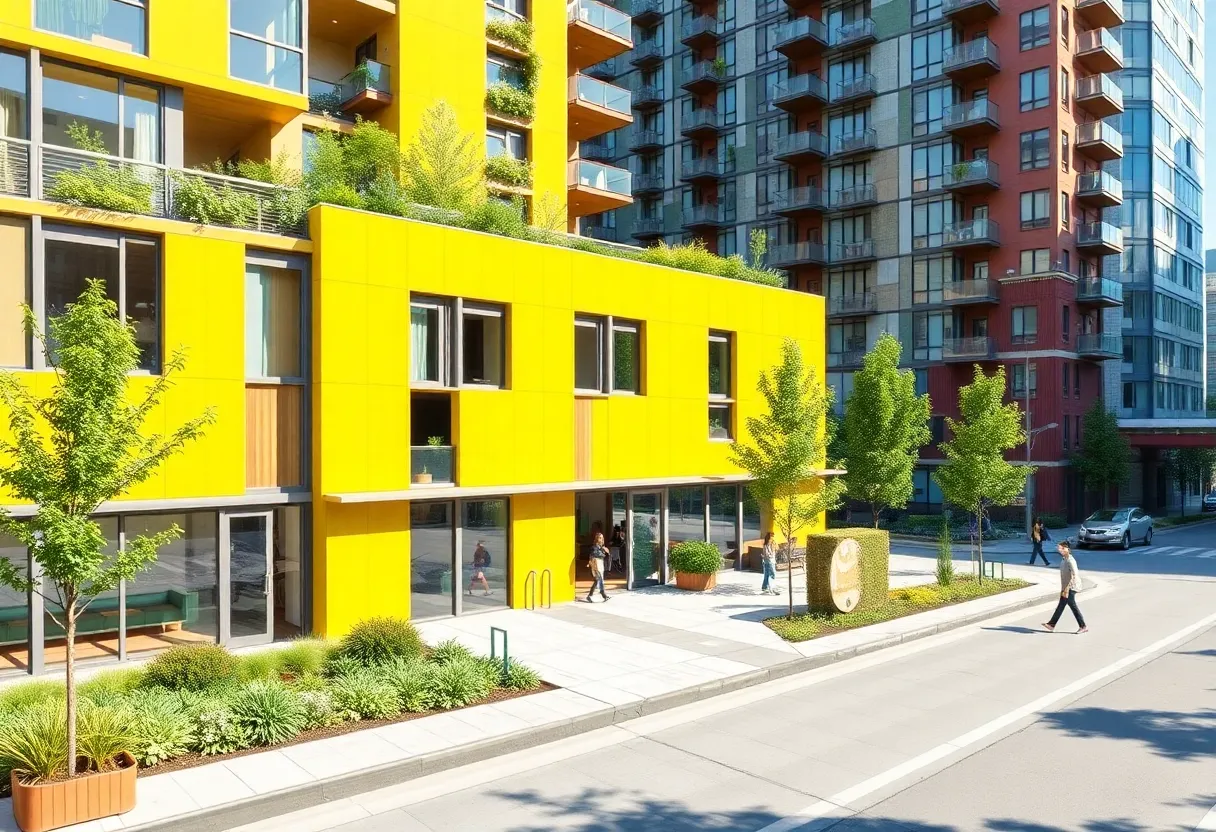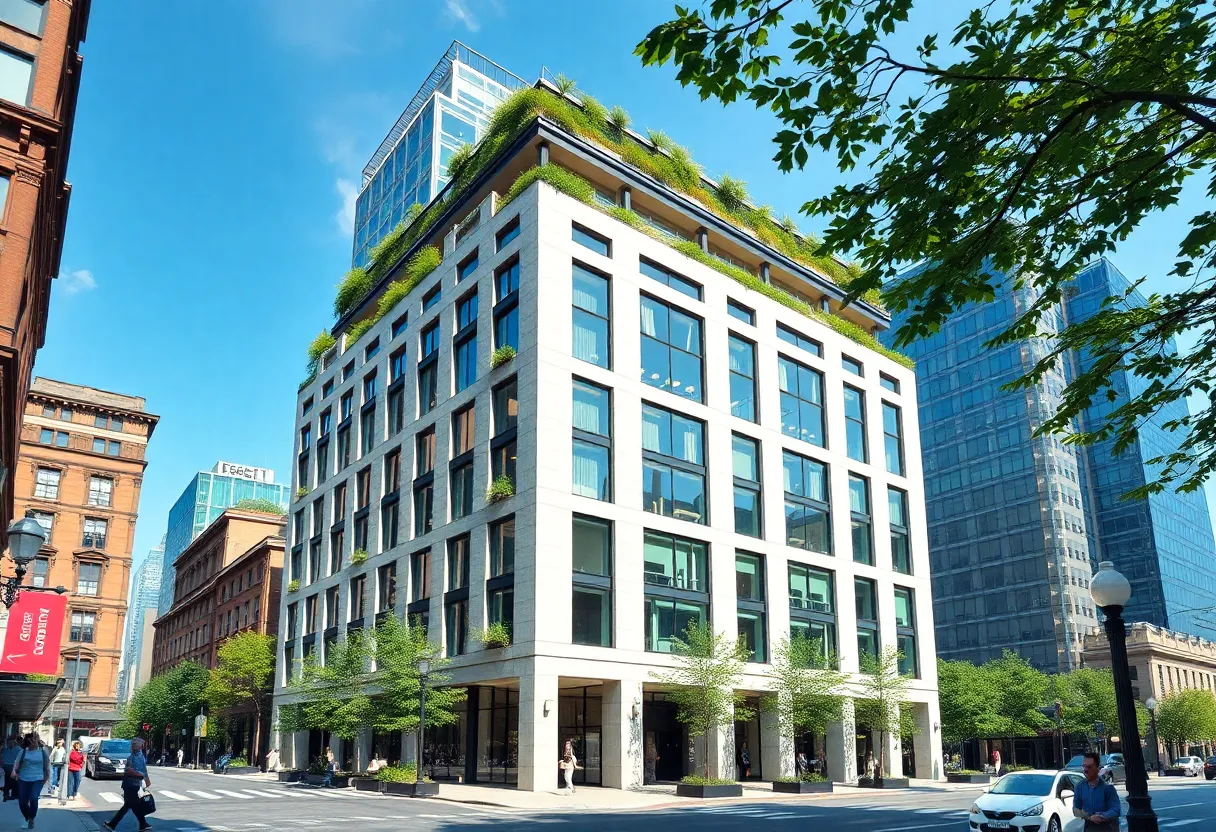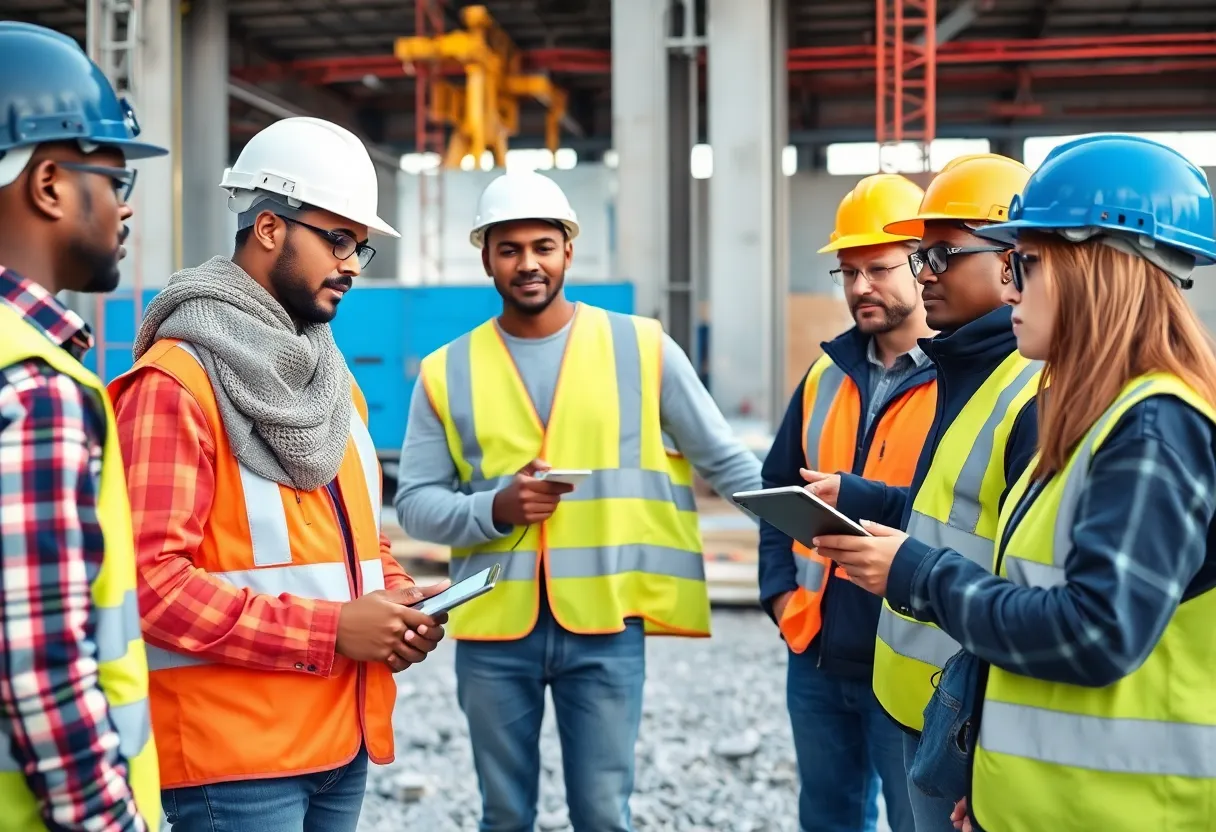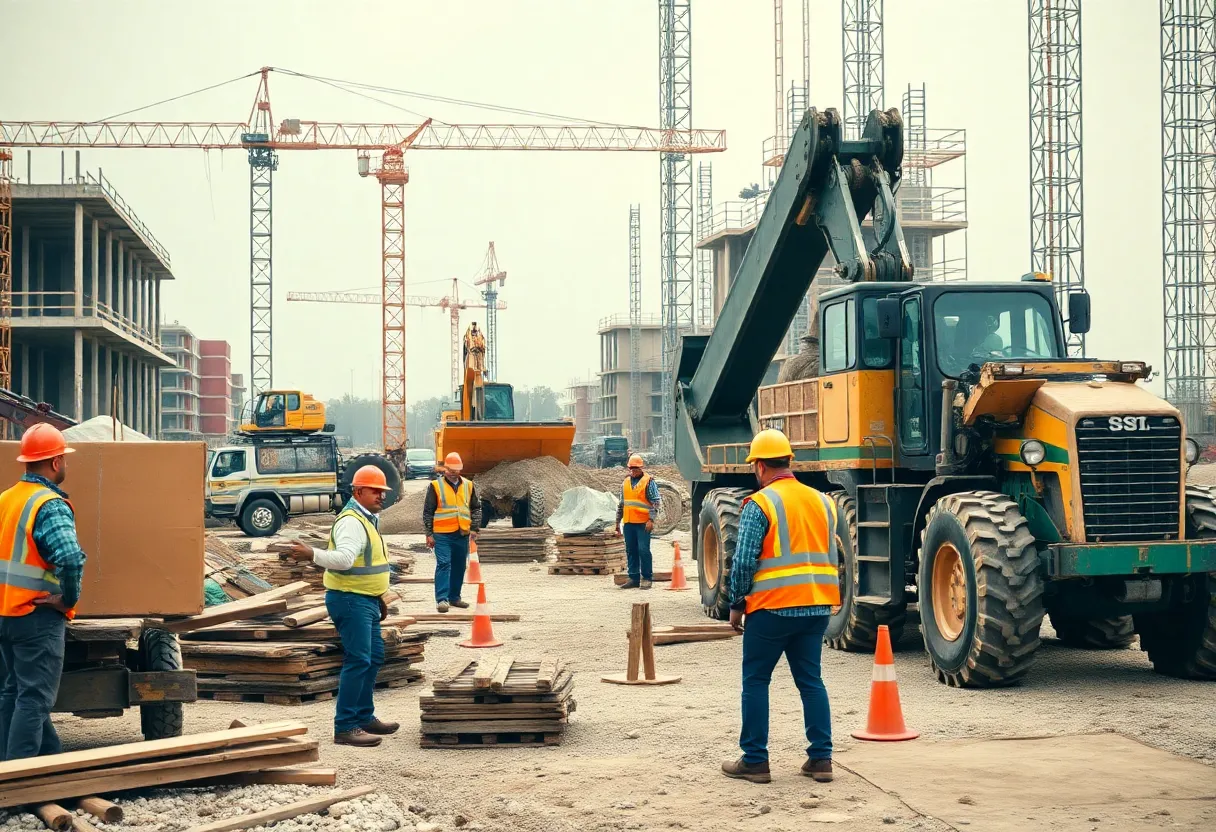News Summary
U.S. office markets are witnessing a resurgence with declining vacancy rates for the first time in years. A report shows a 5% growth in construction starts as cities like Atlanta and Austin accelerate the development of new mixed-use spaces. This trend not only reflects an increased demand for flexible workspaces post-pandemic but also highlights a significant rise in investments in green buildings. Developers are adapting by converting vacant offices into residential units, contributing to sustainable urban development and addressing housing shortages across the country.
Nationwide
U.S. office markets are experiencing a revival, with vacancy rates dropping for the first time in years, signaling a positive shift in the construction sector. A recent report highlights accelerating construction of new mixed-use developments in cities like Atlanta and Austin, driven by rising demand for flexible workspaces after the pandemic. This marks a key turning point for commercial real estate across the country.
Key economic indicators show a 5% growth in construction starts, reflecting broader optimism in the market. Investments in green buildings have increased by 20%, fueled by companies focusing on sustainability goals. Developers are adapting by converting vacant offices into residential units, which helps address housing shortages in various areas.
Despite these gains, challenges persist, such as the ongoing effects of remote work trends that are reshaping traditional office designs. Experts predict this growth will continue over multiple years, with rents beginning to stabilize. The integration of technologies like smart building systems is now standard, supporting more efficient and modern developments.
This evolution in the construction landscape is part of larger urban revival efforts, leading to positive outcomes like job creation in construction trades. The changes underscore a nationwide push toward more adaptable and eco-friendly commercial spaces.
The report notes that the surge in demand for flexible workspaces is a direct response to post-pandemic needs, allowing businesses to accommodate hybrid work models. For instance, mixed-use developments in growing cities are combining offices, homes, and retail to create vibrant community hubs. This approach not only boosts economic activity but also promotes better use of urban land.
Background details reveal that the decline in vacancy rates ends a long period of stagnation in the office market. Previously, high vacancy levels were common due to economic uncertainties, but recent data shows a turnaround. The 20% rise in green building investments is linked to stricter environmental regulations and corporate commitments to reduce carbon footprints. Additionally, converting vacant offices to residential units is a strategic move to tackle housing issues in densely populated areas.
Economic factors, including the 5% growth in construction starts, are supported by improved business confidence and government initiatives. While remote work poses challenges, it has encouraged innovations in design, such as spaces that support collaboration and flexibility. Overall, this nationwide trend points to a stable and evolving commercial sector.
Community impact studies indicate that these developments are creating jobs in construction trades, contributing to local economies. The report from the real estate firm emphasizes that this multi-year growth cycle could lead to sustained improvements in the market, benefiting workers and businesses alike.
In summary, the resurgence in U.S. office markets is a multifaceted development involving new construction, sustainability efforts, and adaptive strategies. This positions the sector for long-term success amid changing work patterns.
Word count: 512
FAQ Section
- Q1: What is causing the renewal in U.S. office markets?
- Q2: Where is construction of new mixed-use developments accelerating?
- Q3: What is driving the surge in demand for flexible workspaces?
- Q4: How much have investments in green buildings increased?
- Q5: What are developers doing with vacant offices?
- Q6: What do economic indicators show about construction starts?
- Q7: What challenges are affecting traditional office designs?
- Q8: What does the report predict for the market?
- Q9: What technological changes are becoming standard?
- Q10: What does this shift reflect?
A1: U.S. office markets are showing renewed vitality as vacancy rates decline for the first time in years.
A2: Construction of new mixed-use developments in cities like Atlanta and Austin is accelerating.
A3: The real estate firm notes a surge in demand for flexible workspaces post-pandemic.
A4: Investments in green buildings are up 20%, driven by corporate sustainability goals.
A5: Developers are converting vacant offices into residential units, addressing housing shortages.
A6: Economic indicators point to a 5% growth in construction starts.
A7: Remote work trends continue to challenge traditional designs.
A8: JLL predicts a multi-year growth cycle, with rents stabilizing.
A9: Technological integrations, like smart building systems, are becoming standard.
A10: This shift reflects broader urban revival efforts. Community impact studies show positive job creation in construction trades. The market’s evolution signals optimism for commercial sectors nationwide.
Key Features Chart
| Feature | Description |
|---|---|
| Vacancy Rates | Declining for the first time in years, indicating market revival |
| Construction Growth | 5% growth in construction starts nationwide |
| Green Investments | Up 20%, driven by corporate sustainability goals |
| Flexible Workspaces | Surge in demand post-pandemic |
| Office Conversions | Converting vacant offices into residential units to address housing shortages |
| Technology Integration | Smart building systems becoming standard |
| Market Prediction | Multi-year growth cycle with stabilizing rents |





